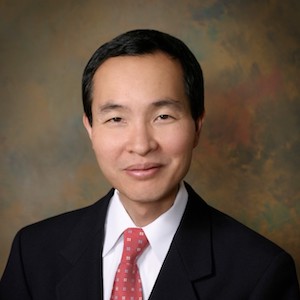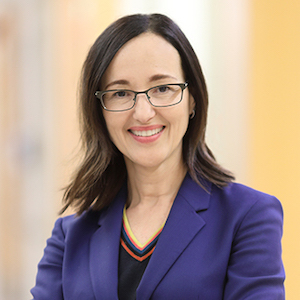
Kailin E. Baechle

Rebeca Vasconcelos

Moses Tam

Timothy C Zhu

Yi Hong Ong

James Carroll

Kenneth Hu

Patricia M Corby
 Kailin E. Baechle |  Rebeca Vasconcelos |  Moses Tam |  Timothy C Zhu |  Yi Hong Ong |  James Carroll |  Kenneth Hu |  Patricia M Corby |
Baechle, Kailin E.1, Vasconcelos, Rebeca2, Tam, Moses2, Zhu, Timothy C3, Ong, Yi Hong3, Carroll, James4, Hu, Kenneth2
Faculty / Advisor: Corby, Patricia M5
1University of Pennsylvania School of Dental Medicine, Department of Oral Medicine, Department of Radiation Oncology
2Perlmutter Cancer Center, NYU, Radiation Oncology
3University of Pennsylvania Perelman Center for Advanced Medicine, Radiation Oncology
4THOR Photomedicine Ltd
5University of Pennsylvania School of Dental Medicine, Perelman Center for Advanced Medicine, University of Pennsylvania, Department of Oral Medicine, Department of Radiation Oncology
Photobiomodulation (PBM) therapy, formerly known as low-level laser therapy (LLLT), has been shown to be an effective treatment for reducing the incidence and severity of oral mucositis (OM). While data on the clinical benefits of PBM in mucositis are promising, the PBM irradiation parameters reported in literature vary widely. The objective of this study is to determine the range of effective PBM dose and review the adequacy of reporting irradiation parameters. Results of this review will guide future dosimetry studies.
MethodsOnline databases were searched for clinical trials of PBM to compare efficacy of PBM versus controls for preventing or treating cancer therapy-induced OM. Irradiation parameters were reviewed for completeness and accuracy.
ResultsA total of 53 clinical trials were identified and 29 papers were excluded, leaving 24 papers that met the criteria. 95% of prophylactic studies and 50% of therapeutic studies reported positive treatment effects on oral mucositis grade. Only 1 study reported all parameters accurately. Overall, the mean irradiation parameters used were wavelength 652nm, power 0.052W, beam area 0.332cm2, 29.5 seconds time per point, irradiance 0.89W/cm2, energy 1.49J, fluence 25.75J/cm2. 7 prophylactic studies reported a difference in OM grade ≥ 3 (WHO scale) between the placebo and PBM groups greater than 40% when PBM was used prophylactically. In the most effective studies, mean irradiation parameters were greater than the overall mean values (mean energy dose 50%, beam area 58%, irradiance 246%, and treatment time per point 290%). A plot of effect size (%) vs. total energy per session (J) was created using studies that reported adequate information to determine both total energy per session and the difference in the percent of patients with OM grade ≥ 3 between the study group and placebo group. These data points were fit with a quadratic curve to evaluate if the data may resemble the parabolic relationship observed in previous studies.
ConclusionThis review has reconfirmed the lack of comprehensive, accurate reporting of PBM parameters in this field and the need for a standardized format for reporting PBM parameters. PBM efficacy was greater when total energy delivered per session was higher until a maximum effective dose is reached and overtreatment occurs. Total energy per session may be used to guide PBM dose parameters when irradiation parameters can be proper defined and validated for efficacy.